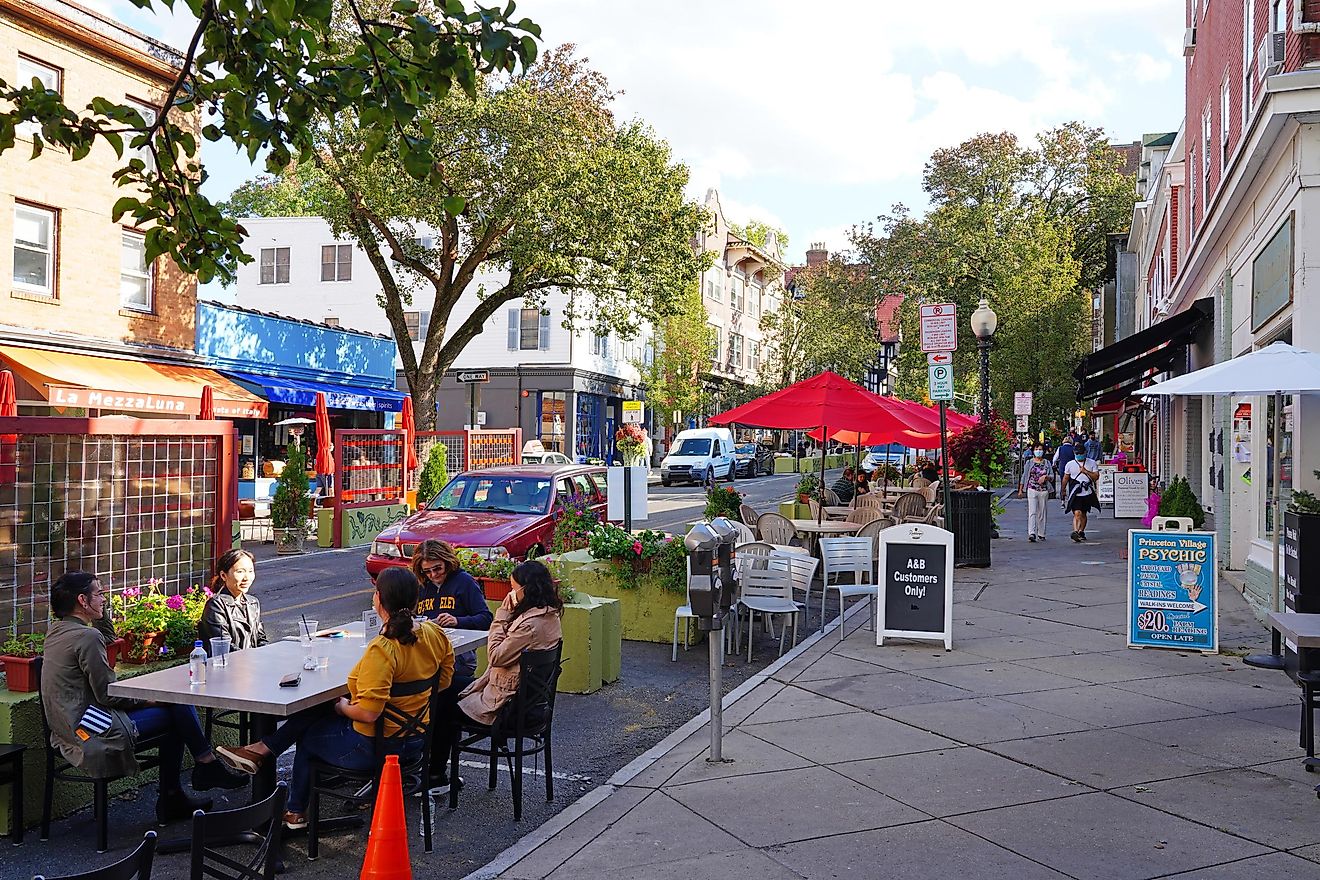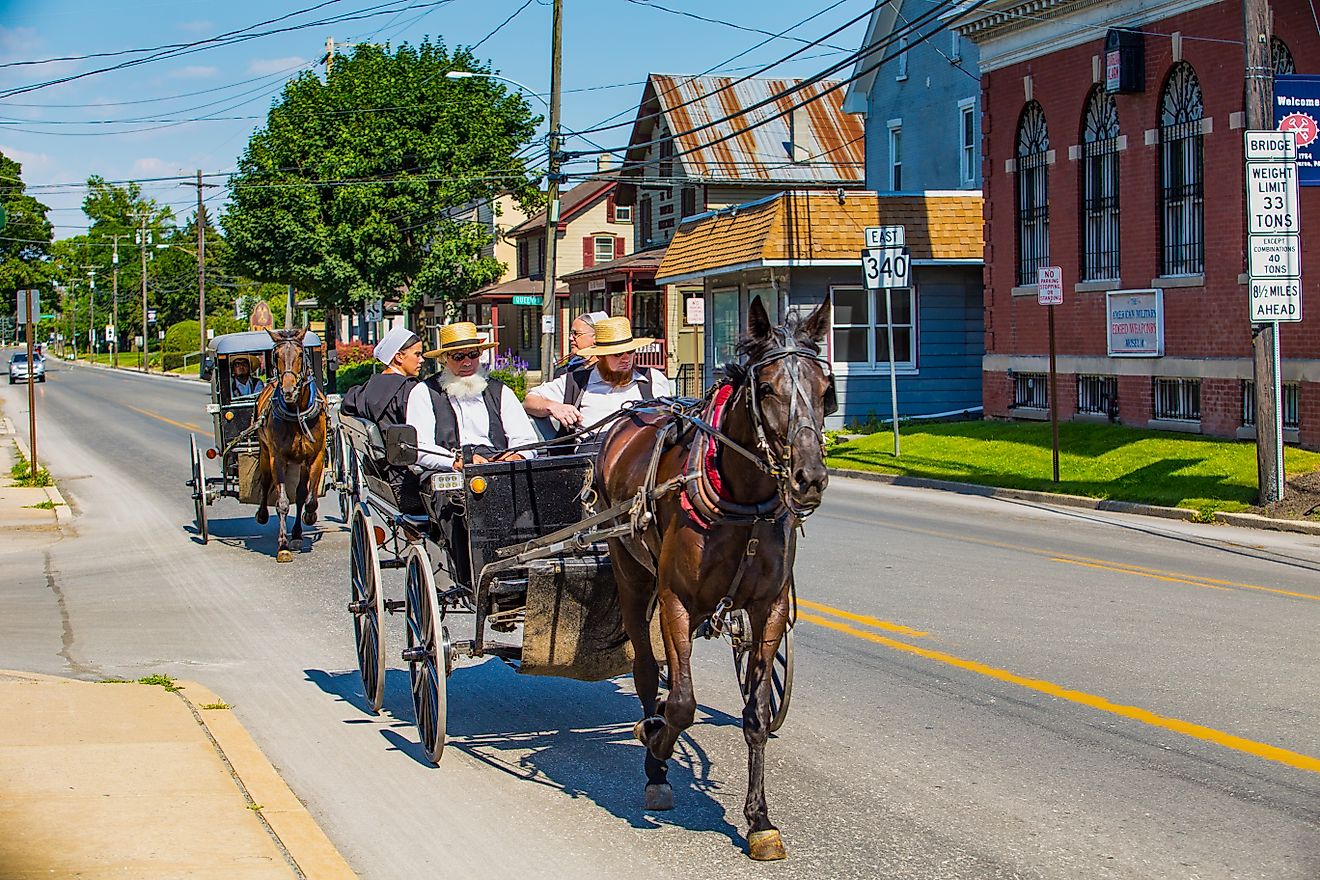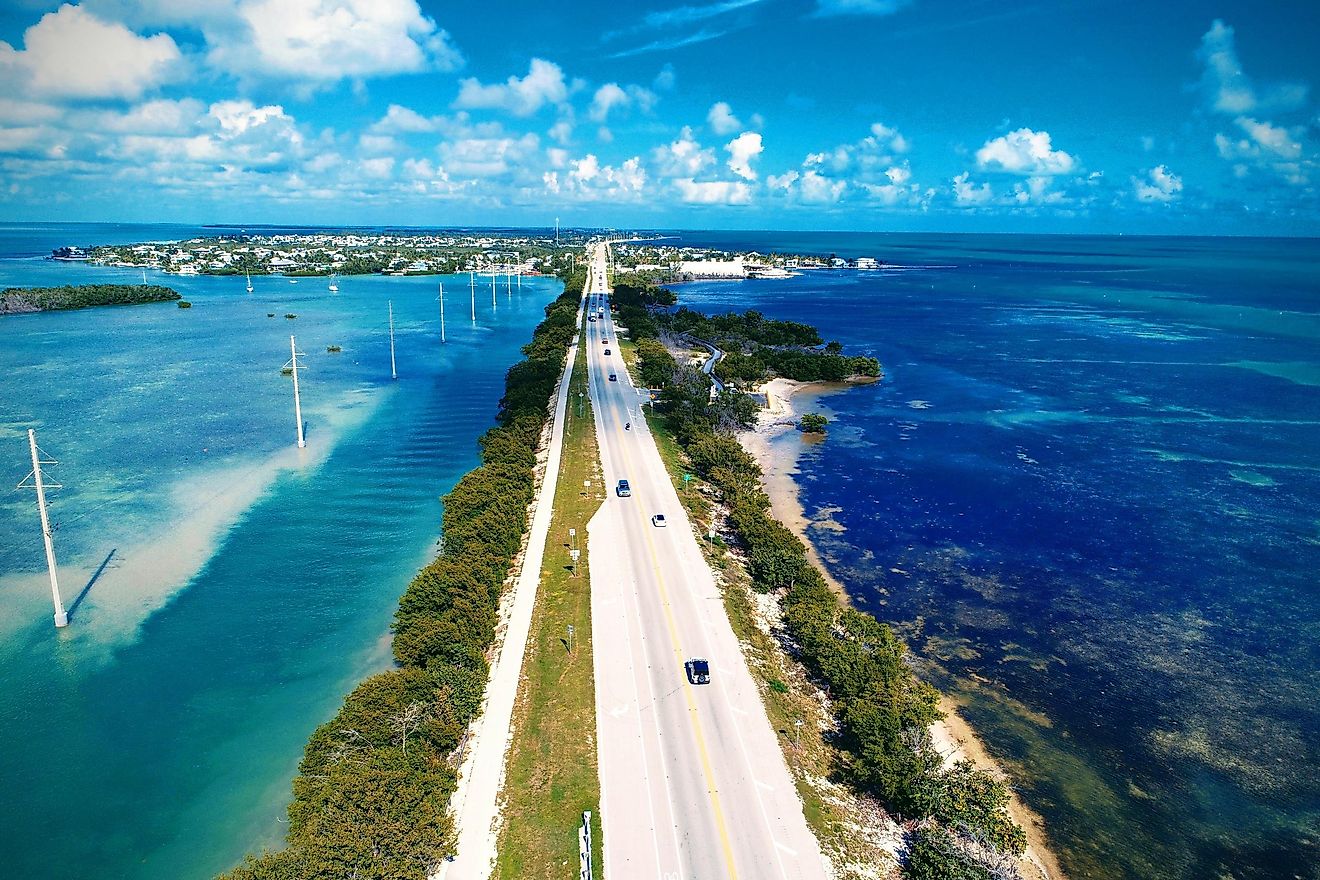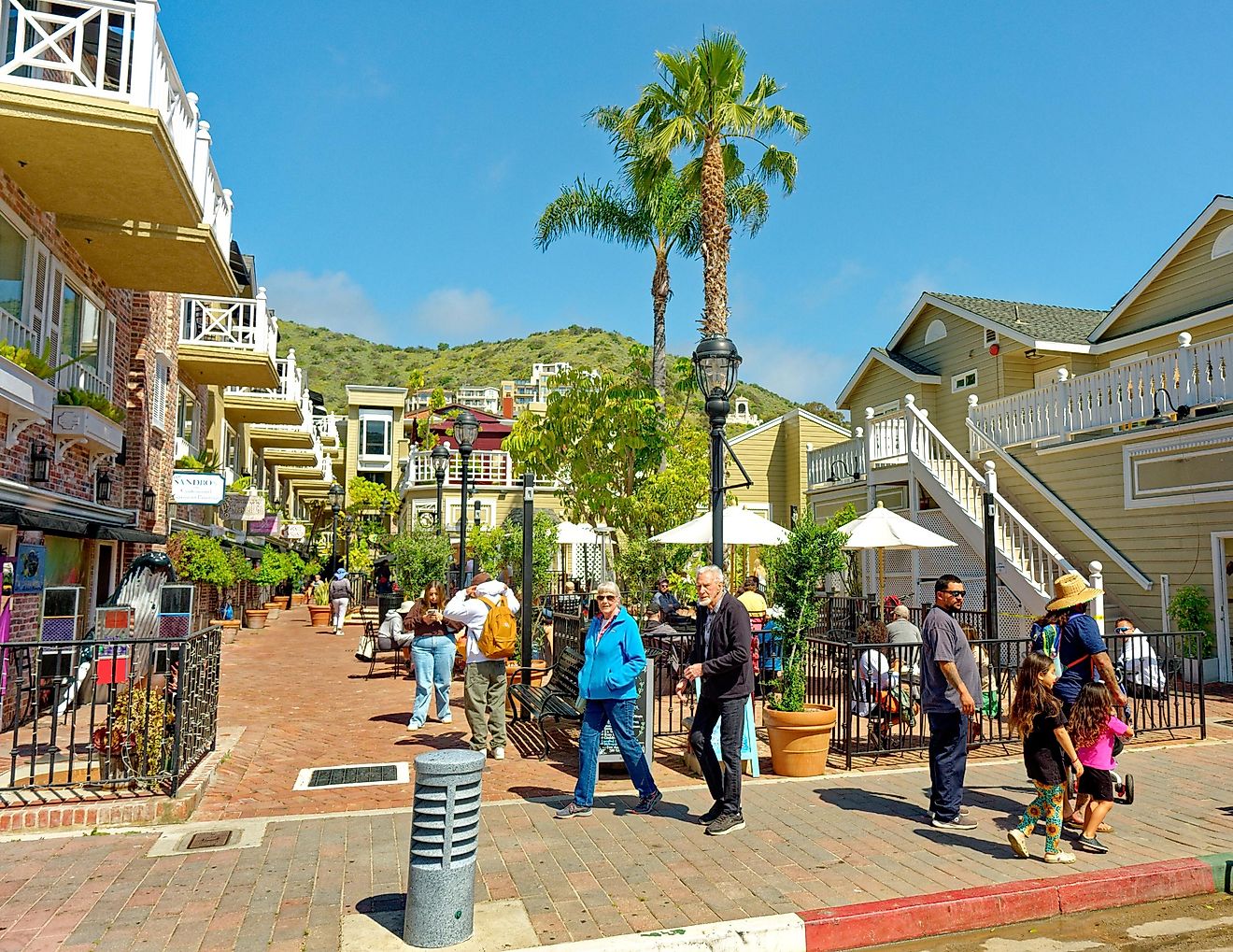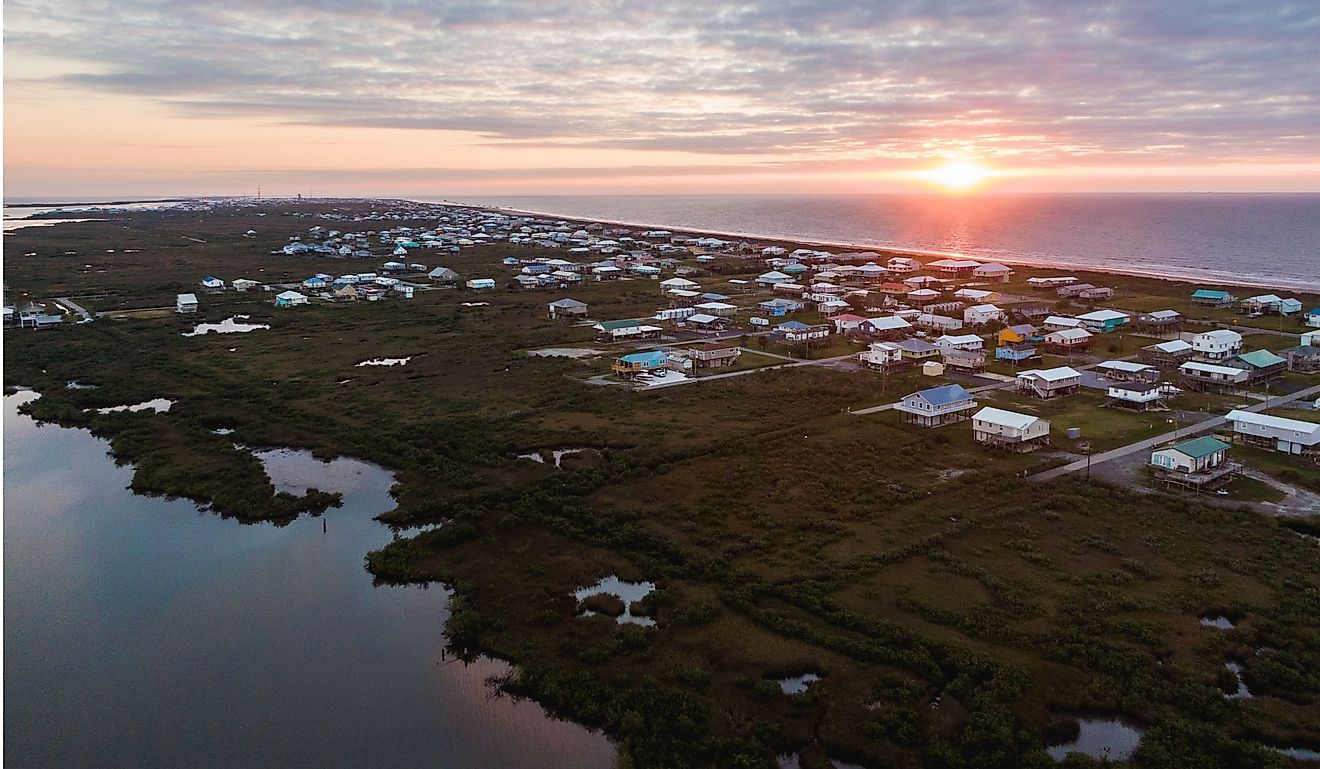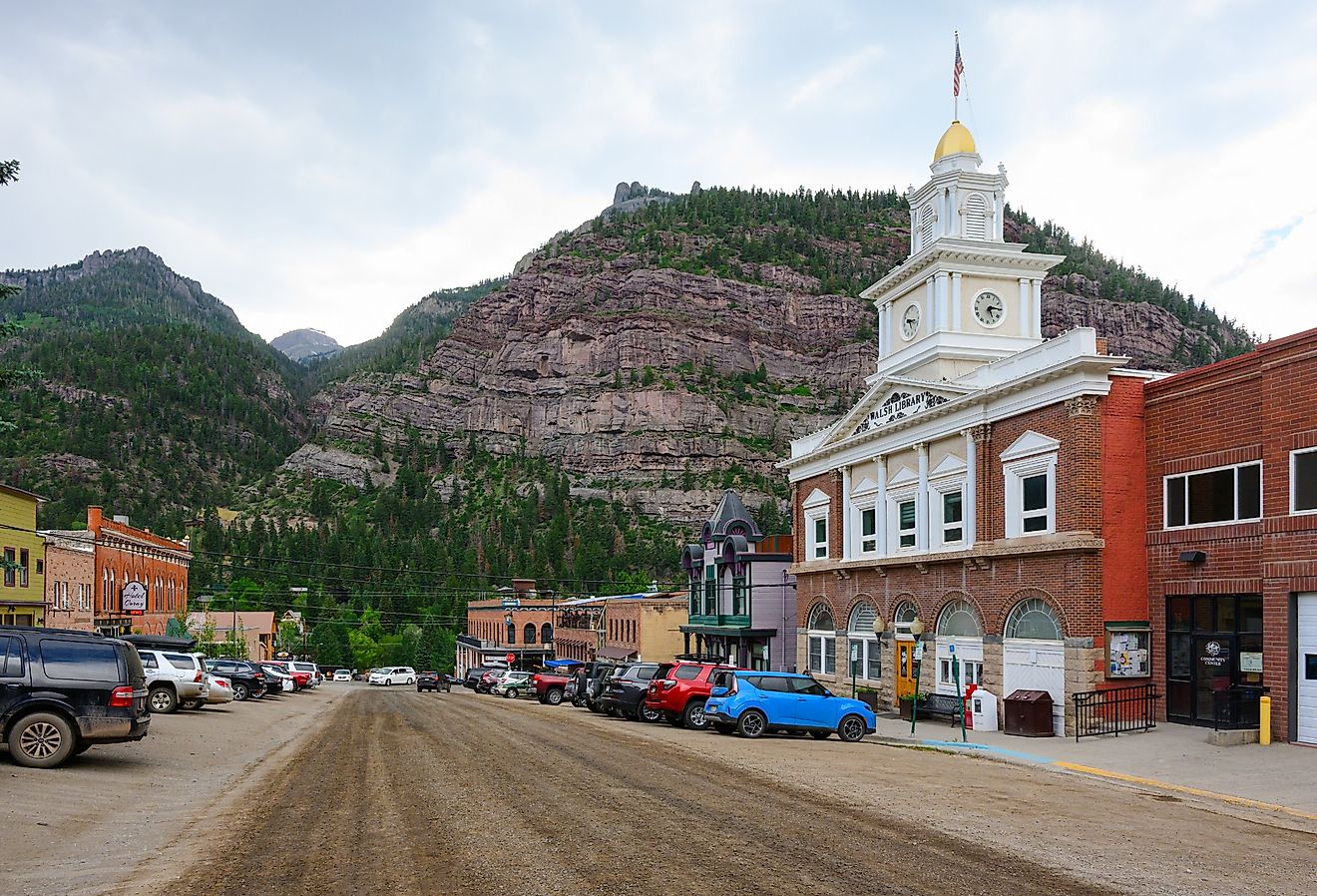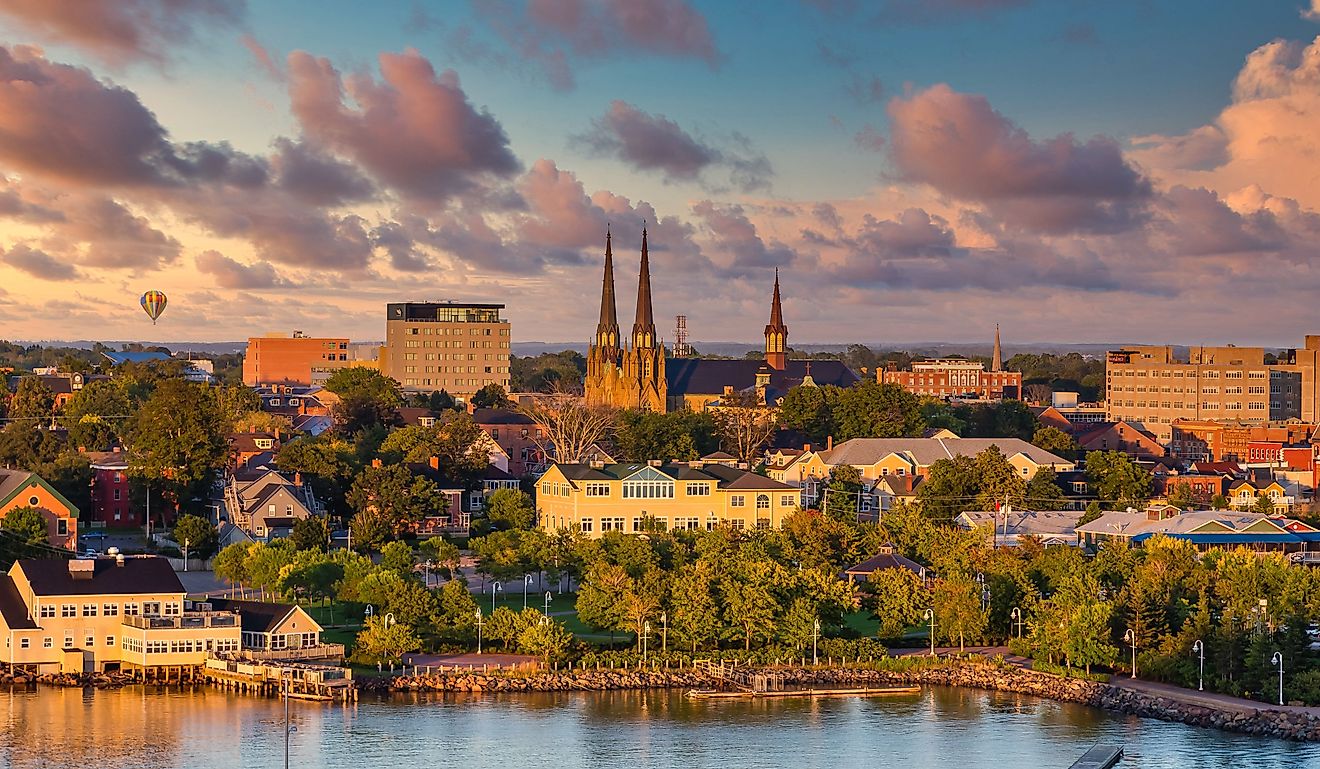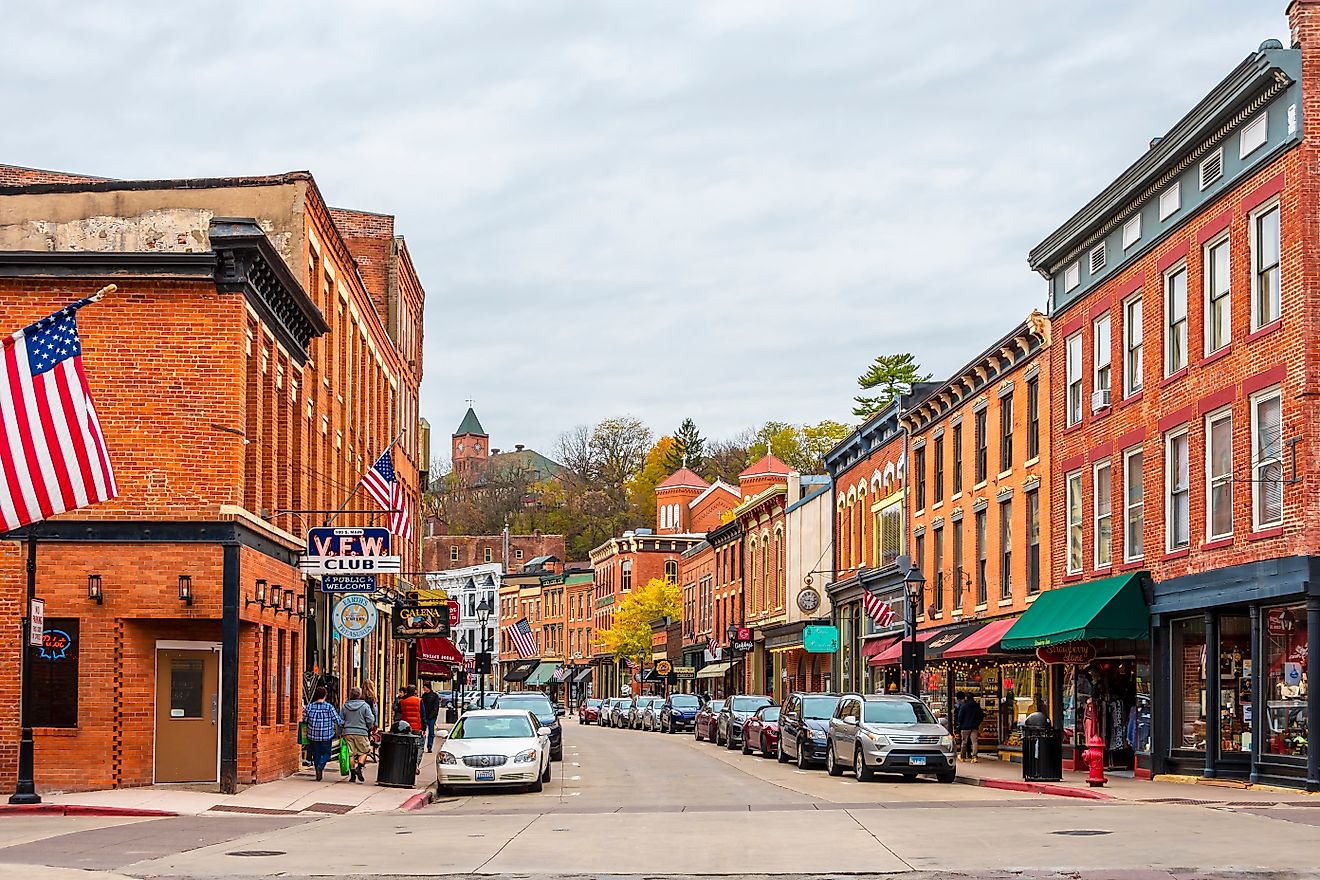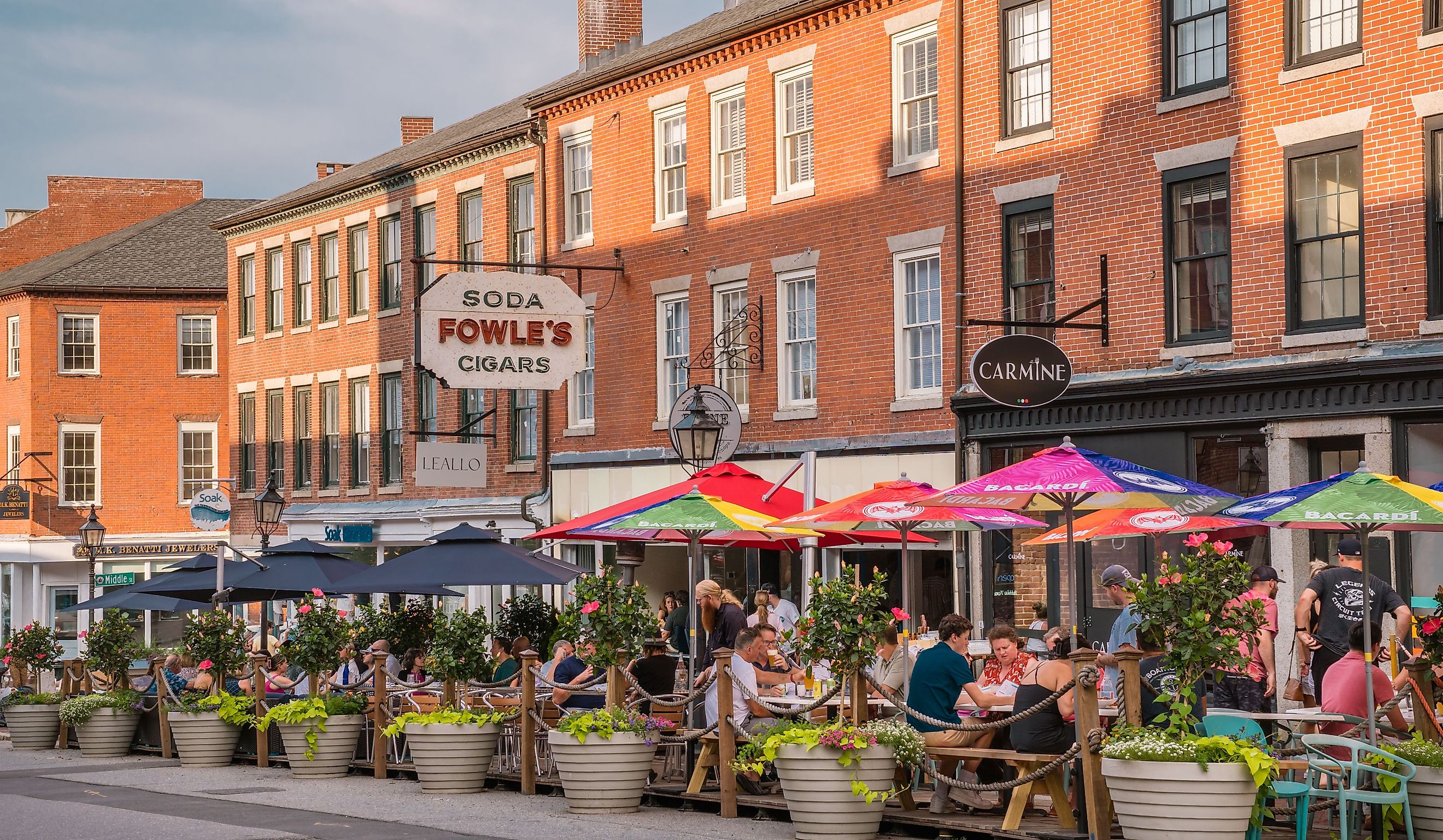
7 Oldest Founded Small Towns to Visit on the Atlantic Coast
The Atlantic or East Coast of the US is much more than its coastal beauty and geography. The region boasts some of the oldest towns in the US, where not much has changed since prehistoric times in infrastructure, scenery, and cultures. Visitors can explore preserved elements and features of a glorious past in its museums, historical landmarks, mansions, forts, and other historic attractions. With the Atlantic Coast in the background, historic immersions can effortlessly fuse with exciting outdoor pursuits and water sports, especially in towns like St. Augustine and Gloucester. With that said, here are 7 oldest towns on the Atlantic Coast to explore today.
Newburyport, Massachusetts
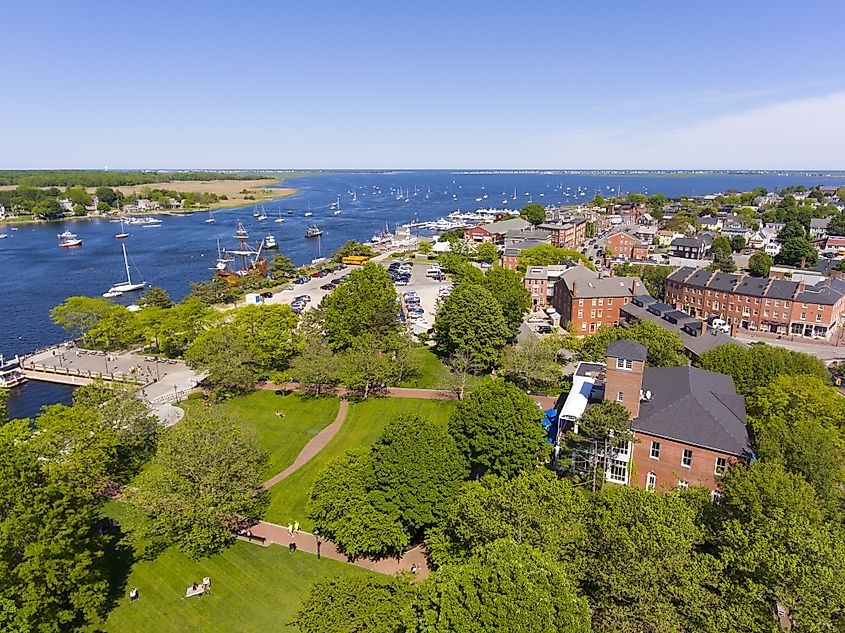
Newburyport was created in 1764 from the existing town of Newbury, which had grown too big. After its creation, Newburyport thrived as a fishing and shipbuilding port and is today home to the Custom House Maritime Museum, where visitors can learn more about the area’s fishing and maritime history. The Museum of Old Newbury is another top attraction where the town’s glorious past and that of its parent town are preserved and interpreted. Besides historic attractions, Newburyport invites adventurers to stroll along the boardwalk in the Waterfront Park and admire the waters and sailboats on the harbor. For more excitement, head to Plum Island to kayak, boat, paddle, and surf the waters, or recline at the island’s beach to sunbathe and admire its lighthouse. Wrap up with a bowl of delicious ice cream at the Harbor Creamery downtown.
Portsmouth, New Hampshire
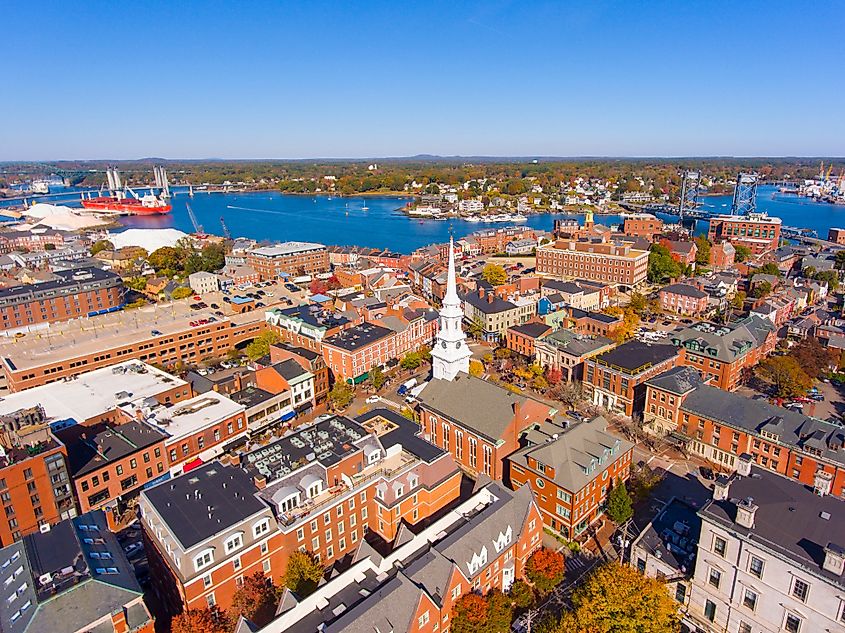
Portsmouth is a town along the Piscataqua River, first settled by European colonists in 1623, who named it Strawbery Banke after the many strawberries in the area. In 1653, the town was incorporated and named Portsmouth, and today, it hosts many interesting attractions, including the Strawberry Banke Museum, where the area’s history is preserved. The USS Albacore Museum and Park is also in town inviting submarine fans to tour its vessel on the water, while the Buckminster House (built in 1720), represents an architectural marvel from the past. Elsewhere, North Church (built in 1657) stands tall, with its steeple visible from most parts of the town. After exploring the town’s iconic historical attractions, head to River House restaurant for delicious food, and then visit Pierce Island to hike its walking trails, enjoy picnics, boat on the water, and swim in an outdoor pool.
Newport, Rhodes Island
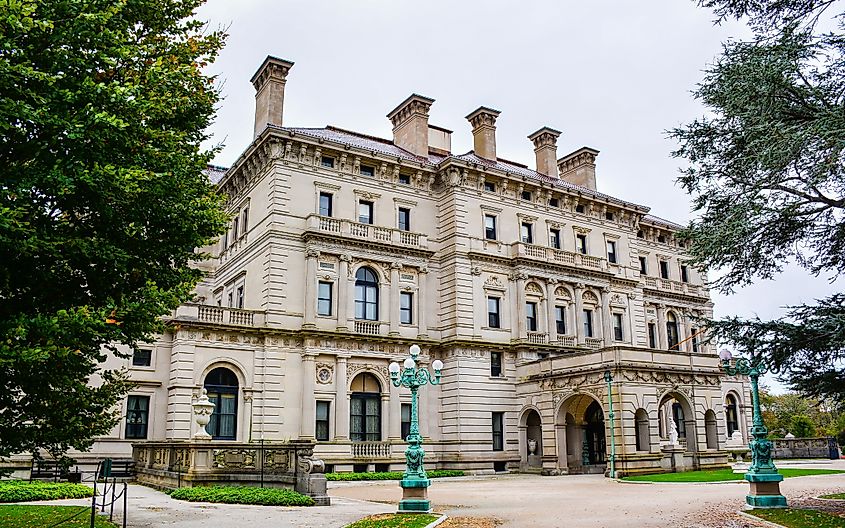
Newport is a seaside charming town founded in 1639 by some settlers who first created the nearby Portsmouth settlement. The town evolved on religious roots, with many colonists becoming Baptists, and it became home to the second Baptist congregation in Rhode Island in 1640. Several hundred years later, the town brims with historical allure with attractions like the 1763 Touro Synagogue - the oldest surviving Jewish synagogue building in the US. More stunning landmarks that reflect this town’s history include - the Breakers (1895), Marble House (built 1888 - 1892), and Old Colony House (completed in 1741). White Horse Tavern is another iconic historic attraction in town worth a separate mention as it was first opened in 1673 and still offers culinary delights. Explore all of these inspiring landmarks and then head outdoors to explore the 3.5-mile Cliff Walk to soak in the charming scenery of the ocean, rocky shores, and more historic mansions.
Gloucester, Massachusetts
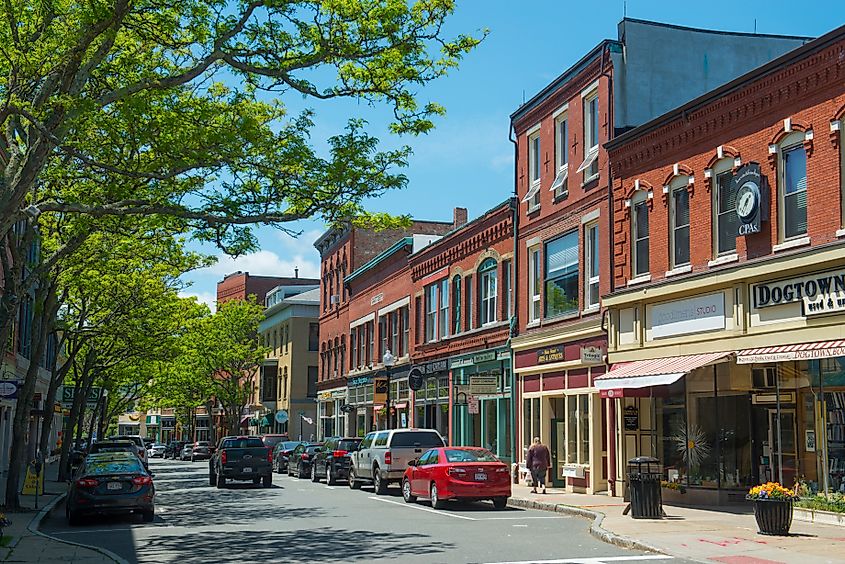
Gloucester was first settled in 1623, about ten years after the area was surveyed separately by Samuel de Champlain (in 1606) and John Smith (in 1614). The area thrived as a fishing town, and in 1642, it was eventually incorporated. Today, one of its most iconic landmarks is the Fisherman Cenotaph on the harbor side, which is a great backdrop for iconic pictures. The Cape Ann Museum of Arts is another top attraction here, and visitors are always welcome to explore historic homes and artifacts from the town’s maritime history. More must-see historic attractions in Gloucester include - the Hammond Castle Museum (built 1926 - 1929) and Eastern Point Lighthouse (built in 1833). Away from the history, visitors to the town are also welcome to Half Moon, Good Harbor, or other top beaches in town to bask under the sun, surf, kayak, swim, boat, and fish.
Lewes, Delaware
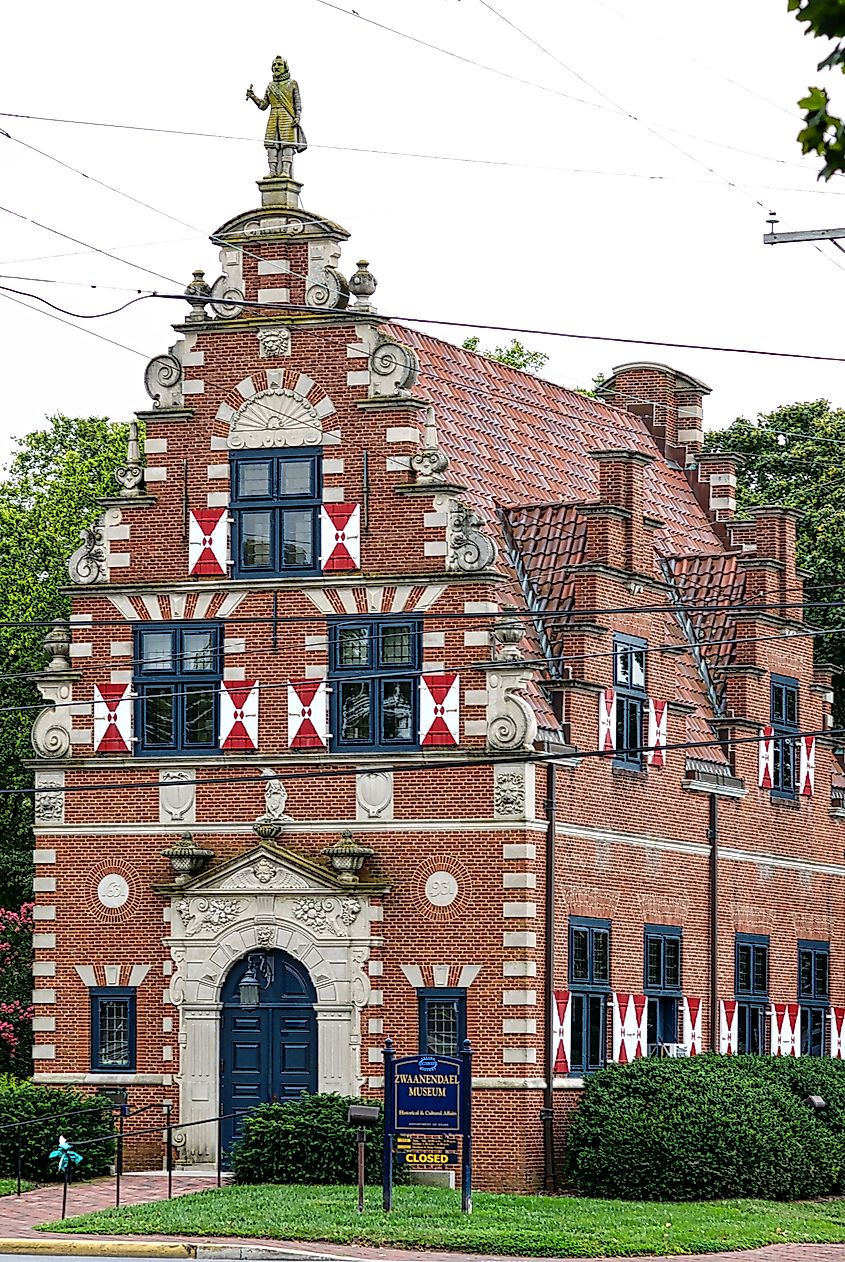
Lewes, the acclaimed “First Town in the First State,” is the first European settlement in Delaware, founded in 1631 by the Dutch as a trading and whaling post. However, the settlement was short-lived after a group of Lenape people killed all the first settlers in 1632. The settlement was revived after it was granted to a set of Christian tribes by the city of Amsterdam, and today, it’s a stunning beach destination full of history. For visitors here, the Zwaanendael Museum preserves the town’s history in several exhibits, photographs, and artifacts. Meanwhile, the 1812 Memorial Park commemorates the bombardment of Lewis by the British for two days in the War of 1812. Lewes also has the Shipcarpenter Campus, which houses well-preserved colonial and Victorian-era houses. For art lovers, the Peninsula Gallery is in town, while adventurers will love Cape Henlopen State Park, which is home to Deauville Beach.
Salem, Massachusetts
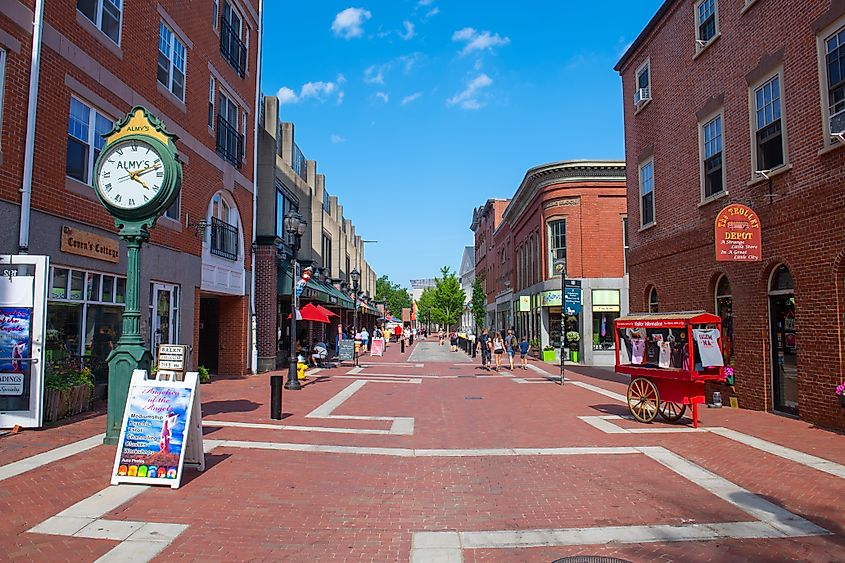
English explorers led by Roger Conant first settled in Salem in 1626, when it was known by the local Indian tribe as Naumkeag. The town grew from then and rose to prominence in 1692 for its witch trials. Today, the Witch House in Essex Street is a historic museum commemorating the famous witch trials. The town also hosts the Salem Witch Museum, where visitors can learn all about the trials. The 1799 Peabody Essex Museum is also in Salem and represents one of the oldest functional museums in the US, renowned for its collection of Asian, African, American, and Maritime arts. On the outdoors, Salem features the Salem Willows Park, where one can stroll around the waterfront, fish at the pier, and enjoy picnics and good food.
St. Augustine, Florida

St. Augustine is easily America’s oldest continuously inhabited land, founded in 1565 by Spanish admiral and explorer Pedro Menendez de Aviles. For such a settlement that predates the founding of the US, there is so much history to explore in this town. Visitors here can start with the 17th-century Castillo de San Marcos, which represents the oldest masonry fort in the United States. Next, head to St. Augustine Pirates & Treasure Museum to delve into the history of pirates and their activities via movie props, interactive exhibits, and artifacts. More historic attractions to visit in town include the Lightner Museum (for art exhibitions) and the Oldest Wooden School House Historic Museum & Gardens. Afterward, enjoy a sunny afternoon or cool evening at St. Augustine Beach and dine with ocean views at Cap’s on the Water Restaurant.
These towns on the Atlantic Coast reflect how far the U.S. has come as a country. Some of these towns predate America's independence, with many landmarks to show as evidence. Each has a distinctive story for curious visitors in exhibits, structures, memorabilia, photography, relics, dioramas, and oral lessons. A visit to these towns is a captivating trip back in time, where the beauty of the past comes alive, and a feeling of nostalgia grips the hearts. Plus, the enduring allure of the Atlantic Ocean just makes everything beautiful.
